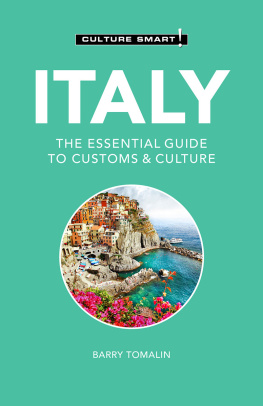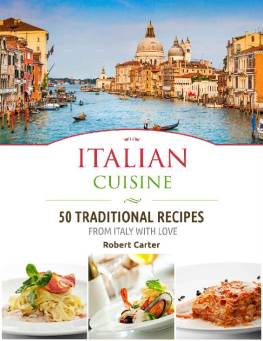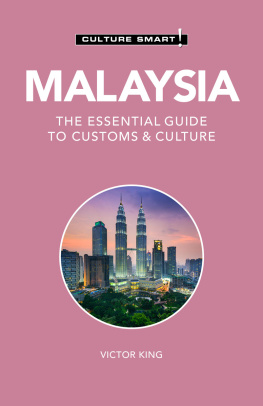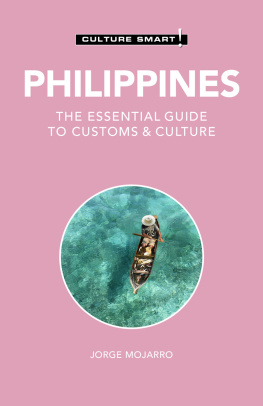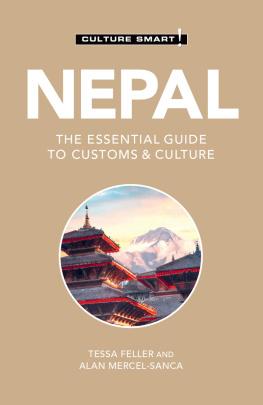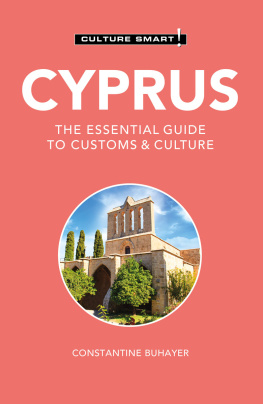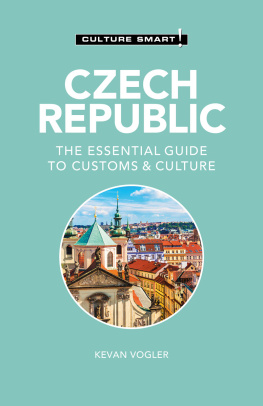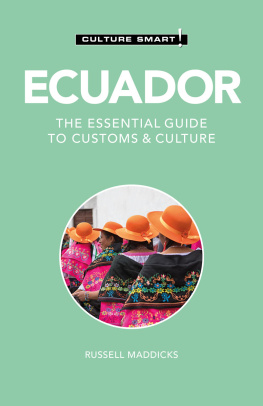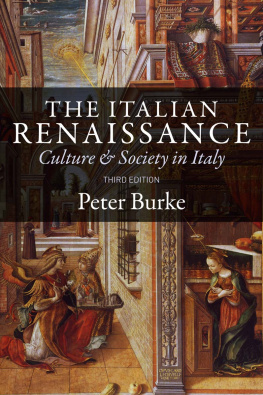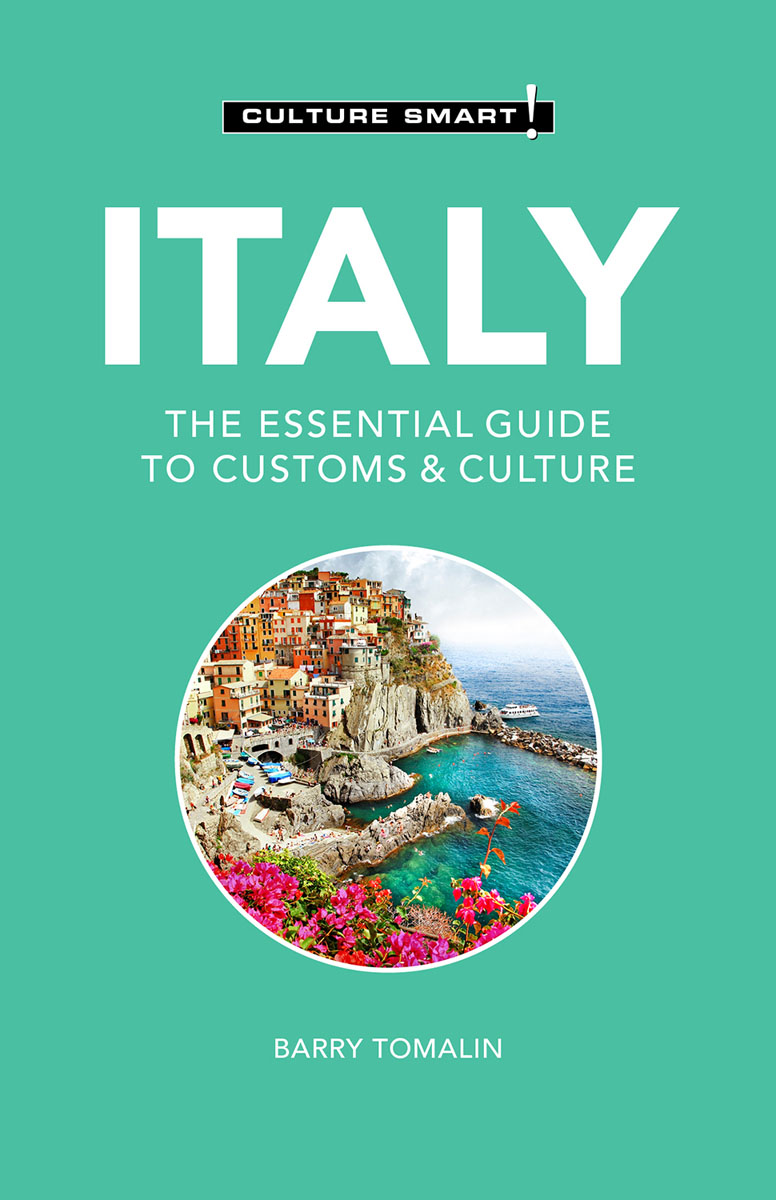
The real voyage of discovery consists not in seeking new landscapes, but in having new eyes.
Adapted from Marcel Proust, Remembrance of Things Past.
ISBN 978 1 78702 876 0
British Library Cataloguing in Publication Data
A CIP catalogue entry for this book is available from the British Library
First published in Great Britain
by Kuperard, an imprint of Bravo Ltd
59 Hutton Grove, London N12 8DS
Tel: +44 (0) 20 8446 2440
www.culturesmart.co.uk
Inquiries:
Design Bobby Birchall
Printed in Turkey
The Culture Smart! series is continuing to expand. All Culture Smart! guides are available as e-books, and many as audio books. For further information and latest titles visit www.culturesmart.co.uk
ABOUT THE AUTHOR
BARRY TOMALIN is an English writer and teacher specializing in international communication and cultures who has worked in sixty-four countries, including Italy and the UK. He has a B.A. (Hons) in Anthropology and Linguistics from the School of Oriental and African Studies, University of London, and an M.A. in International Liaison and Communication from the University of Westminster. He has taught at Link University in Rome, and run training programs in Milan, Rome, Genoa, and Naples. He has traveled extensively in Italy and brings firsthand experience and professional insight to the country and its people.
The author of many books on culture and cultural training, Barry teaches at Birkbeck College, University of London, and at Glasgow Caledonian University London. He is a founder and director of the Business Cultural Trainers Certificate (BCTC) at International House in London, joint managing editor of the journal Training Language and Culture, and a board member of the ICC-Europes Language Association.
COVID-19
The coronavirus pandemic of 2020 affected millions of people around the world, causing unprecedented social and economic disruption. As the impact of this global crisis continues to unfold, in many countries social norms are being challenged, and enduring changes will be reflected in future editions of Culture Smart! titles.
CONTENTS
MAP OF ITALY

INTRODUCTION
It is impossible to be bored in Italy. To excite, delight, and stimulate you there is the beauty of the land, the elegance and charm of its people, the variety of its regional cultures, the richness of its food and wine, the quality and dash of its design and engineering, the reputation of its artists, sculptors, writers, musicians, and filmmakers and, above all, the glory of its monuments and architecture. There is the sensuous pleasure of the Italian language, everyday as well as operatic; and the way Italians use diminutives and nicknames to create familiarity and intimacy with those around them. There is the whiff of intrigue and even scandal as well as tragedy in its history and politics, from the time of the ancient Romans, through the Renaissance right up to the present day.
Like all the Culture Smart! guides, this book focuses on the people. How do they behave, and what makes them tick? What is the best way to get on good terms with them? For that is the real way to enjoy Italy.
Above all other European nations, the Italians epitomize style. Fare bella figurato look good, to make the right impressionis a social imperative, not a fashionable option. Some people have commented dryly that Italy represents a triumph of style over substance. As this book shows, style is part of the substanceit helps explain the success of Italian design and fashion worldwide.
Like the other titles in this series, Culture Smart! Italy shows you as a foreigner how to get the best out of being in Italy and meeting and working with Italians. It tells you what you need to know about its history and culture and gives you a platform for further investigation of this fascinating country. It shows you how the Italians go about their daily lives, and highlights some of their passions and preoccupations. It introduces their festivals and traditions. It suggests how to have a good time in the Italian way, and gives tips on how to travel around. It offers a guide to communications, in particular to communicating successfully with Italians in a business situation.
Italian culture has been exported all over the world. What is it like at home? The Italians are the most European-minded of nations, emerging as they do from a long history of regional fragmentation, with some ancient battles still fought out on the football fields of Italy every week in season. This is your chance to get to know them better.
KEY FACTS
Official Name | Repubblica Italiana (Republic of Italy) |
Population | 60.3 million (2020) |
Capital City | Rome (population 4.2 million) |
Other Main Cities | Milan (pop. 3.1 million); Naples (pop. 2.2 million); Turin (pop. 1.8 million); Palermo (pop. 852,000); Bologna (pop. 805,000); Florence (pop. 708,500); Genoa (pop. 682,000); Venice (pop. 281,000) |
Area | 116,350 sq. miles (301,340 sq. km) |
Climate | Mediterranean |
Currency | Euro (previously Italian lira) |
Ethnic Makeup | 85% Italian nationals |
Language | Italian. Many distinct regional dialects | German is spoken in Trento and Alto Adige. French is spoken in the Valle dAosta. Slovene is spoken in parts of Trieste and Gorizia. |
Religion | No official religion | Roman Catholicism is the main religion. |
Government | Italy is a multiparty democracy with a president as head of state and a prime minister as head of government. | Elections are held every five years. |
Media | Regional press with national distribution. Main newspapers: Corriere della Sera (Milan); Il Messaggero (Rome); Repubblica (Rome); LOsservatore Romano (Vatican); LUnit (Rome; formerly Communist, now more centrist); La Stampa (Turin) | Rai is the state broadcasting station with three TV channels (Rai 1, 2, and 3) and three radio channels (Radio 1, 2, and 3). There are also numerous commercial channels. |
Media: English Language | The International New York Times has an Italy Daily section covering Italian news. Wanted in Rome is an English-language news and listings magazine that comes out every two weeks. LOsservatore Romano has a weekly English-language edition. |
Electricity | 220 volts, 50 Hz, but check if older hotels still have 125 volts. | Standard continental plugs |
Video/TV | PAL 625 lines |
Internet Domain | .it |

